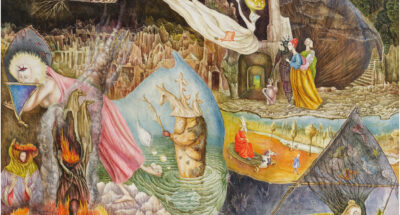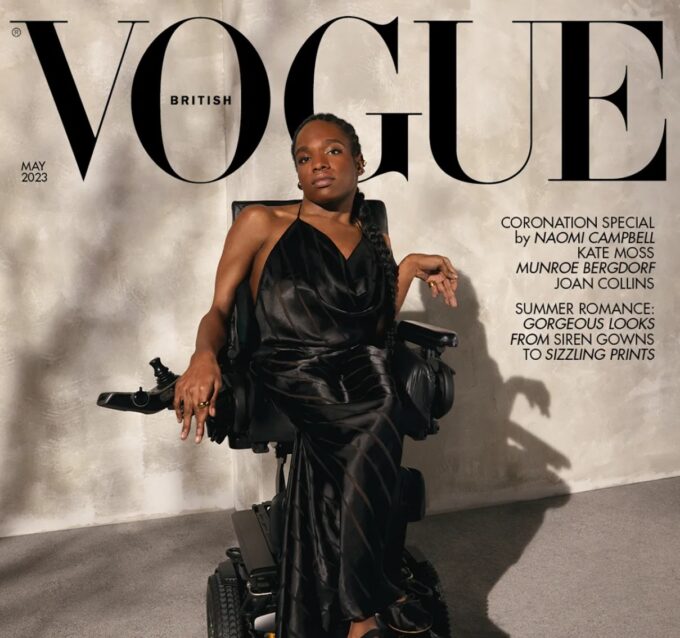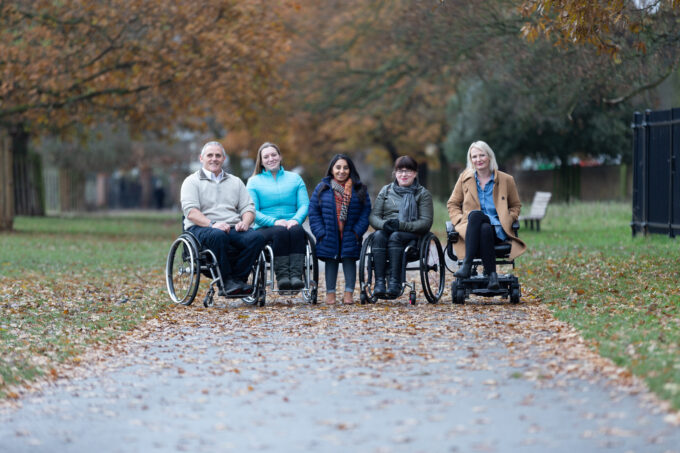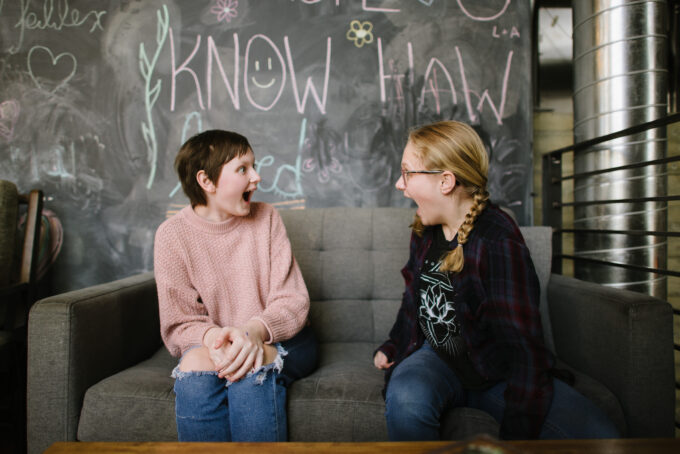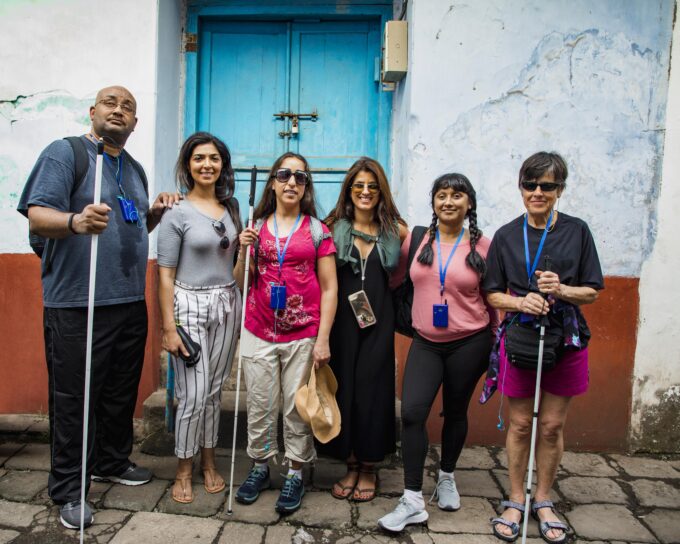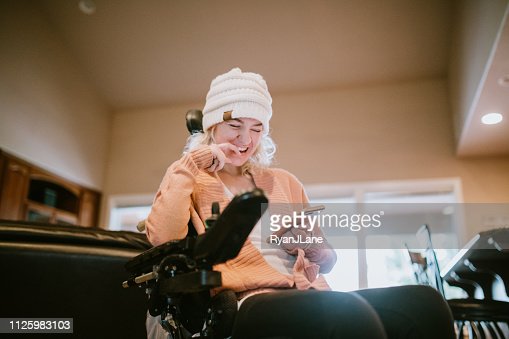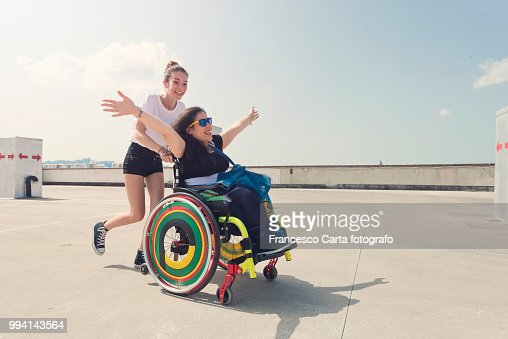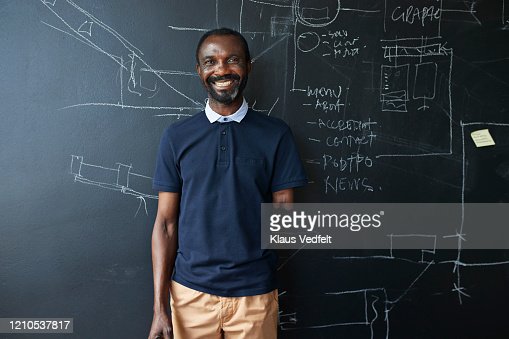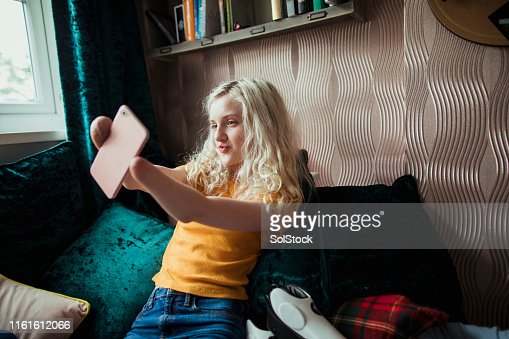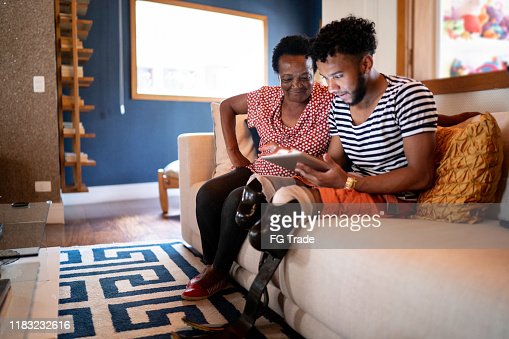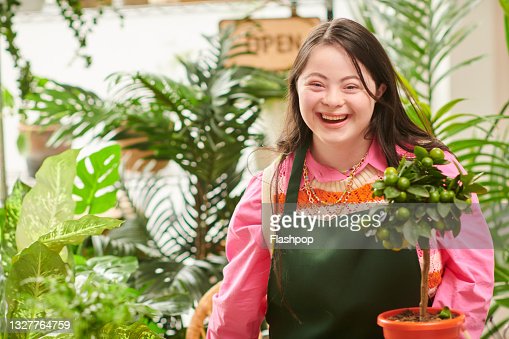But it is in our everyday and working lives that representation of disability is still largely missing. The consumer goods company Mars introduced humor into the everyday using actors with disabilities in 2016 with a campaign called “Look on the Light Side”. Yet there haven’t been any significant campaigns since (other than Paralympic campaigns for Tokyo 2020).
Over the past year, we have seen a small increase in interest in visualizing people with disabilities, but importantly we have seen a bigger shift in searches for people with disabilities in the work environment (+1% versus +5%).
The representation of people with disabilities is still woefully short of reality though. According to the World Bank, one billion people, or 15% of the population, are living with a disability. Our research across countries shows that it ranges from almost one in five people in the population on the high end (Brazil 24%, Canada 22%, UK 21%, Singapore 17%) to around 10% on the lower end (Germany 9%, Hong Kong 7.4%, Japan 6%) But the inclusion of people with disabilities in marketing and advertising is still below 1%.
